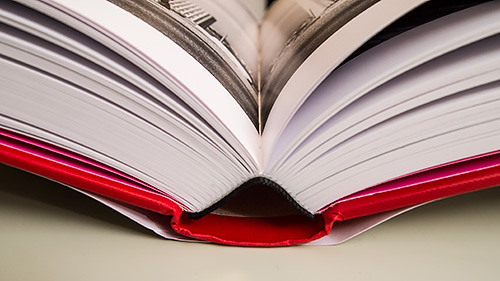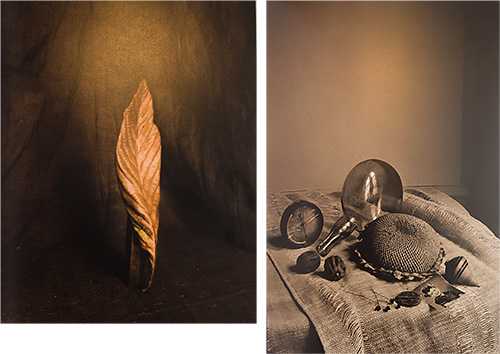Photo Corners headlinesarchivemikepasini.com
![]()
A S C R A P B O O K O F S O L U T I O N S F O R T H E P H O T O G R A P H E R
![]()
Enhancing the enjoyment of taking pictures with news that matters, features that entertain and images that delight. Published frequently.
Book Bag: 'Joel Meyerowitz: Where I Find Myself'




13 March 2018
Can you, we wondered as we lugged the immense tome over to a table large enough to hold it open, cram a retrospective of a 56-year career as a photographer into a book? Ill advised, we thought.

A photography book should be lithe, open flat, invite lingering gazes. It should be slim, too, easily slipping between fatter volumes on any shelf. It should be accommodating.
The publisher calls Joel Meyerowitz: Where I Find Myself an Elephant Book. You can say that again.
This is an enormous book, certainly. It's 352 big pages on quality paper, making it a 5.6 lb. hoist. Your coffee table better have six legs.
The size almost discourages paging through Meyerowitz's work. Each sewn signatures itself opens wide enough in the middle but most images that cross the gutter can't be fully appreciated. Oh for a slip-cased multi-volume edition.
But it is what it is.
And that is a nicely printed collection using a very high resolution conventional halftone screen. If the images that cross the gutter frustrate you, you'll just have more time to enjoy the ones that fit on one page, starting with the very first one of a still life of a dried leaf (certainly not a selfie).

Binding. Sewn signatures in a well-printing book.
Once you get by the bright pink endpapers, you land on Meyerowitz's large-type statement on page 3:
I began as a 35mm street photographer, and later learned to work with the large-format camera. In that way I became comfortable with both vocabularies. Now I speak two languages: the more meditative, classical image-making of the 8x10 view camera, and the jazzy riff of life on the street. Street photography is jazz.
Turn the page to the table of contents and you'll find Meyerowitz's career laid out in 10 reverse-chronological chapters on two pages, one white, one black.
Meyerowitz, who taught photography in the 1970s at the Cooper Union in New York City, describes how he became a photographer watching Robert Frank shoot images for a booklet he had, as a junior art director, designed:
He was at first enamored of the action on the street and shot both black-and-white like his friend Garry Winogrand and color, moving to color in 1972 long before it was accepted as serious work. That may have had to do as much with the necessity to leave the processing and printing to a color lab rather than the photographer as with any aesthetic argument.

Street shots. In color after black and white.
In an interview with Stuart Jeffries, Meyerowitz complains about the change on the street that smartphones have wrought.
"Nobody's looking at each other. Everybody's glued to their phones," he says. "The best street photographers now show humans dwarfed by ad billboards. The street has lost its savour."
The book isn't just display quotes and gorgeous images, though. Meyerowitz includes several essays about the work from those first street shots to the Tuscan still life that occupies him now -- with a charming code of an image from 1965 that prefigures his current work. And there are even a few notes devoted to individual images.
Along the way, you'll see the series he made shooting from a moving car, his Guggenheim fellowship, a charming series of his wife, his city commissions, his images from Ground Zero and more.

Ground Zero. Unfortunately, the book can't open flat.
In the essay accompanying his series on St. Louis and the Arch, he writes:
Photography, right from the beginning has taught me to pay close attention, which is what I also demand when looking at photographs. I am most pleased when a photograph provides a space for one to simply enter into it, where time can be spent just looking, and where one can decide for oneself what might be of interest. Being an artist is really about consciousness.

First, Last. The book begins with his recent Tuscan still life (left) and ends with his 1965 still life -- both view camera (left) and 35mm vocabularies.
Find a place to prop up this heavy book and then enjoy a few hours just paying attention to the world Meyerowitz has in his long career captured for you to explore.
You'll come back to it time and again.
Joel Meyerowitz: Where I Find Myself by Joel Meyerowitz, published by Laurence King Publishing, 352 pages, $65 (or $51.79 at amazon.com).